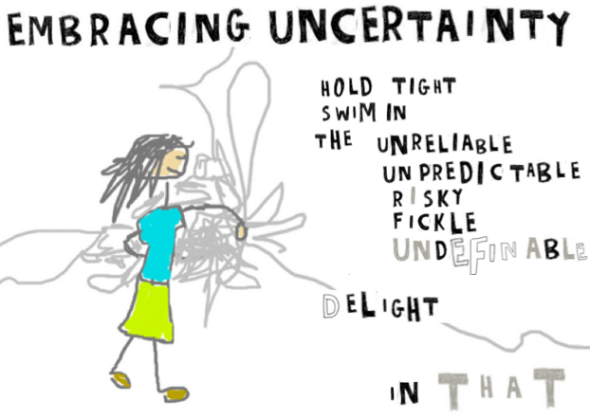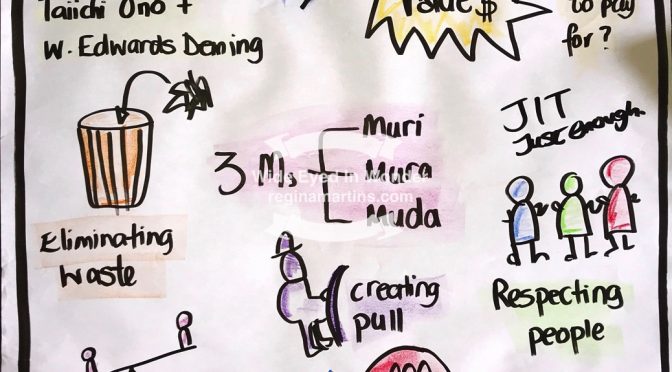In 2015 I came across this photo of Richard Branson lying in a hammock, on his phone, working…

He has written about it a few times, here is an article, and it’s interesting that he notes that in the UK people don’t take leave, opting instead to remain in the office. Now, for me, that would lead to an unbalanced life.
I printed that photo and stuck it up in a place that I would look at various times a day. At the time I was working in a corporate, and it represented for me a change that I wanted to make in my life.
I wanted a more balanced life, one where I could work where I wanted when I wanted.
My dissatisfaction led me to write this article, and it was not long after that that I began working for the company I am with now. I have no office I go to – I’m either at a client, or I am at home. Or travelling.
My work has taken me to Berlin, Portugal, Barcelona, beautiful parts of the country I live in, Belgium and Thailand.
So, I pretty much can work where I want (no office to go to, yay!), the first part is done with a good level of satisfaction.
What I do now is the only work I know that I can take my wax crayons to work to create posters of information that help people integrate the learning a lot faster than powerpoint slides. Like this poster I created to explain Lean Thinking:

©2018 Regina Martins
I’m now working on the second part…the part about working when I want :-). This is proving to be a bit more challenging because it means having to let go of salary certainty and embracing uncertainty and risk.

This will come I know. I just need to stop obsessing about it and enjoy the present. In the meantime, I still have that photo up where I can look at it several times a day.
Here are 4 different ways that help me deal with uncertainty:
- Meditation – it helps me focus on the present and deal with stress and anxiety. I’m not doing nearly enough meditation.
- Adaptive action – taking just one move at a time while keeping a view of the big picture, much like playing chess. Just decide on what my next wise move is and focus on that because that leads me to my next wise move and so on. That way I remain adaptive to change.
- Nature – being in nature grounds me and helps me keep my balance. I don’t get out to nature often enough. Sometimes just having the doors and windows open, letting the outside in and enjoying the sounds of the birds singing is enough to tide me over until I can get out into the countryside.
- Journaling – writing, journaling, reflecting on my inner thoughts. This helps me see clarity, usually not in the moment of writing, but later. The act of putting thoughts down on paper is therapy in itself. Journaling doesn’t have to be long descriptive narratives. Sometimes all I have time and energy for are bullet points, and that’s ok.

Here’s to being comfortable with uncertainty, open to infinite possibilities, so that I can find a place for my hammock.

